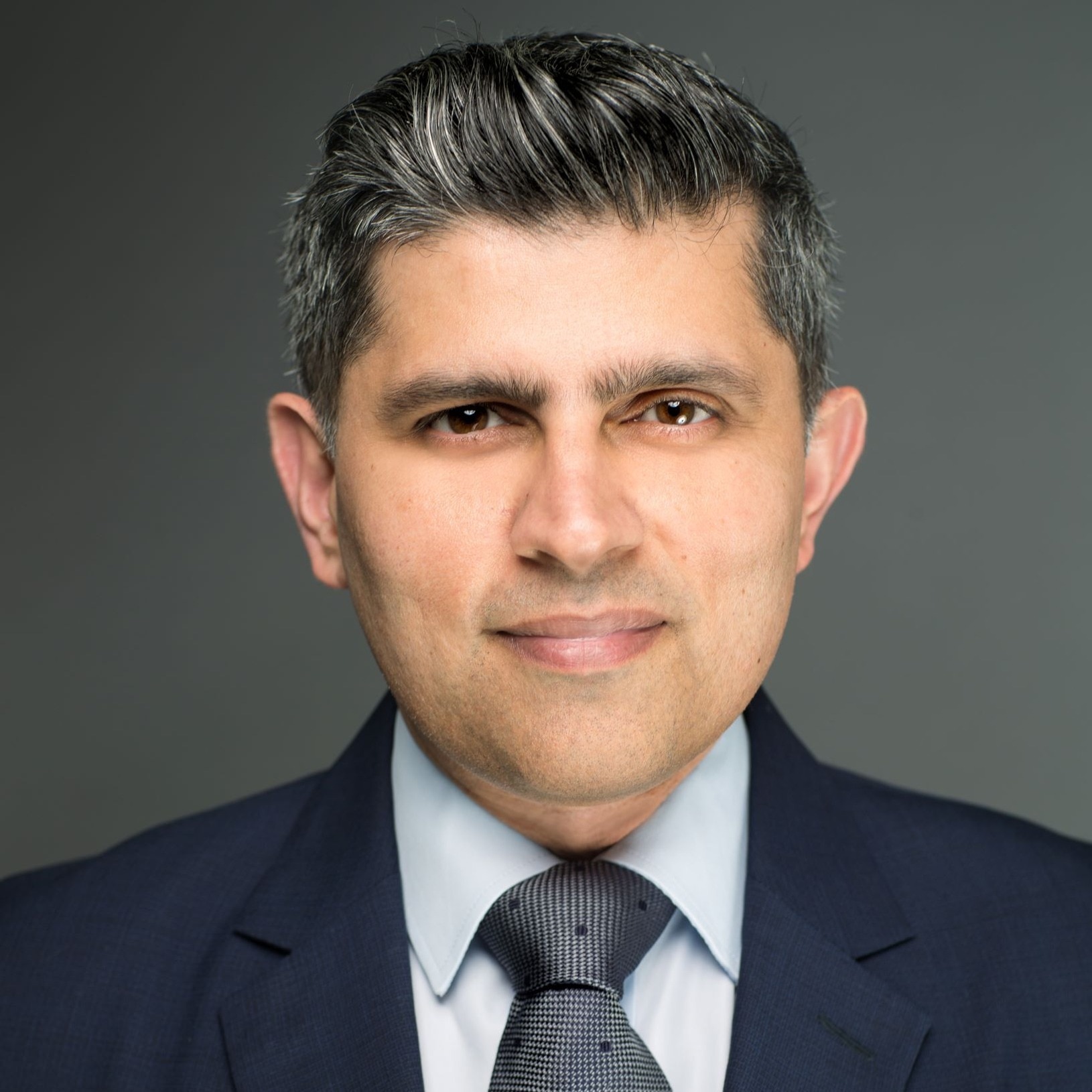Protecting sensitive, personal, and proprietary data should be at the forefront of every cybersecurity strategy. The consequences of failing to do so can range from damaging to catastrophic — leading to massive fines for regulatory violations and, more importantly, the erosion of customer trust. The lineup of data privacy regulations is long and complex, and it seems to expand every time a new breach occurs.
However, while compliance with regulations like the General Data Protection Regulation (GDPR), Network and Information Systems Directive 2 (NIS2), or California Consumer Privacy Act (CCPA) is crucial, protecting data is not just about avoiding fines. It’s about safeguarding the lifeblood of an organization – its trust, its reputation, and its long-term survival. The real question isn’t, “What regulations do we need to comply with?” but rather, “Why should data protection be a core strategic priority beyond compliance?”
Today’s Big Issues in Data Privacy and Cybersecurity
It’s true, when evaluating the state of data privacy and cybersecurity today, regulatory compliance often dominates the conversation. Across countries, states, and industries, organizations must navigate an ever-growing array of regulatory mandates to protect data.
For many, compliance starts with regulations like the European Union’s GDPR, which has acted as a global blueprint since its implementation in 2018. In the U.S., nearly two dozen states have followed suit with their own regulations, with the CCPA leading the charge. The CCPA’s stringent guidelines — paired with hefty fines for violations — highlight how failing to meet compliance can result in brand-damaging publicity.
Industry-specific mandates, such as HIPAA for healthcare, add another layer of complexity. To meet these diverse regulations, organizations are spending billions of dollars on cybersecurity tools and services. In fact, research projects the global data privacy software market will skyrocket from $3.8 billion in 2024 to more than $48 billion by 2032, driven by a compound annual growth rate of more than 37%.
While compliance is essential, it’s just one piece of the puzzle. Organizations must admit true data protection is about more than avoiding fines and meeting regulatory requirements. It’s about safeguarding the core of a business and ensuring long-term success. Several critical factors demonstrate why protecting data is much more than a compliance issue:
- Operational Resilience: When personal or sensitive information is compromised, it can halt entire business operations. Whether it’s identifying the source of an attack or mitigating its impact, compromised data means downtime — disrupting services for employees, partners, and customers. Protecting data is essential to keeping systems operational and avoiding costly disruptions.
- Financial Loss: The financial fallout of a data breach extends far beyond regulatory fines. Organizations face lost revenue from downtime, hefty penalties, and massive costs in addressing the breach. For global businesses operating across multiple jurisdictions, the financial hit from a data privacy breach can be exponentially larger.
- Reputational Loss: A data breach can irreparably damage an organization’s reputation. As the Federal Trade Commission (FTC) warns, companies that fail to live up to their promises of protecting personal information can face public scrutiny and enforcement actions. No organization wants to make headlines for losing millions of sensitive records — it’s a hit to their brand that’s hard to recover from.
Erosion of Trust: Trust is one of the most valuable assets an organization has. Whether it’s employees whose personally identifiable information (PII) has been exposed or customers whose data has been mishandled, trust can be shattered in an instant. Restoring that confidence can take years and carries significant reputational and financial costs.
While compliance is a vital driver of data privacy initiatives, organizations must recognize the true stakes are much higher. Data privacy is about safeguarding business continuity, financial stability, and the trust that underpins an organization’s relationship with its customers and employees.
Risks and Vulnerabilities in Data Privacy
Cybercriminals are motivated by a range of factors — financial gain, geopolitical disruption, or simply the thrill of competing with other hackers. Regardless of the reason, they consistently target several familiar vulnerabilities, and each one underscores why protecting data is about more than just adhering to regulations:
- Weak or Inconsistent Access Controls: Poorly managed access controls are one of the easiest ways for hackers to gain unauthorized access to sensitive information, such as PII. Stolen or compromised credentials allow attackers to bypass security systems, and even multifactor authentication (MFA) — long considered a security staple — can now be creatively side-stepped. Compliance measures may mandate access controls, but true protection requires continuous monitoring, frequent updates, and a deeper commitment to keeping up with evolving threats. It’s not enough to implement controls for the sake of compliance — they must be robust and actively managed to adapt to new attack methods.
- Ransomware: Ransomware attacks have become the go-to weapon for cybercriminals, especially in sectors like healthcare, education, and government, where the exposure of sensitive data can lead to significant operational disruptions. These attacks can cripple services, potentially leading to long-term downtime and damage to public trust. While compliance frameworks may dictate baseline defenses, the real risk here is operational resilience. Ransomware attacks remind us that protecting data is about safeguarding the continuity of services and maintaining the trust of stakeholders — two critical factors regulations alone cannot guarantee.
- Phishing and Social Engineering: Phishing attacks, which often involve highly sophisticated social engineering tactics, are increasingly difficult to detect. Hackers craft emails or messages that mimic trusted brands, tricking users into sharing credentials or clicking malicious links. With business email compromise (BEC) on the rise, organizations must monitor the enormous volumes of email traffic passing through their systems daily. Phishing goes beyond compliance checklists; organizations must implement behavioral analytics and user education to stay ahead of these evolving threats. The human element, often the weakest link, is not something that regulations alone can fix — vigilance and continuous training are essential.
- Insider Threats: Insider threats are becoming more frequent as disgruntled employees and contractors retain access to sensitive databases, even after leaving an organization. These actors often exploit their knowledge of a company’s systems to steal data or disrupt operations. Compliance might require logging access to systems, but insider threats highlight the need for continuous access audits and stricter policies around data retention. Protecting data means going beyond regulatory measures to ensure people no longer affiliated with the organization can’t retain harmful access.
- Third-Party Vendor Compromise: As organizations increasingly rely on external vendors, third-party data breaches are on the rise. These vendors often have privileged access to sensitive information, but may not always have strong security practices in place. Protecting data privacy isn’t just about what happens inside your organization — it’s about the entire ecosystem. Organizations must look beyond their own compliance and assess the security practices of their partners, vendors, and service providers to prevent breaches from occurring outside their direct control.
Beyond these common threats, the rise of personal mobile devices used by remote and hybrid workforces presents another significant risk. Hackers can exploit unsecured devices and home networks, often posing as legitimate users to gain access to organizational systems. Why this matters: With the widespread shift to remote work, relying on compliance regulations isn’t enough. Organizations must implement comprehensive mobile device management (MDM) solutions and educate employees on securing their home networks.
Edge computing and the internet of things (IoT) are also expanding the attack surface, as many IoT devices lack strong security measures due to their small size and limited computing power. As IoT adoption accelerates, these devices offer hackers a vulnerable entry point into larger systems. Why this matters: Compliance may address the broader IT infrastructure, but IoT and edge devices demand dedicated security protocols to close the gaps that regulations often overlook. Protecting these endpoints is vital to ensuring overall data security.
Finally, artificial intelligence (AI) is being used by hackers to automate and scale their attacks. From phishing to identity theft, AI-driven attacks are faster, more frequent, and more damaging than ever before. Why this matters: While compliance mandates data protection, they rarely account for the speed and complexity that AI brings to the table. Organizations need to adopt AI-driven defensive measures to counter the rapidly evolving techniques used by attackers.
Strategies and Steps All Organizations Need to Ensure Data Privacy in Cybersecurity
Organizations must prioritize data privacy in cybersecurity for more than just compliance reasons — operational resilience, legal obligations, trust, reputation, and employee/customer experience all depend on it. The following steps can help establish a strong foundation for immediate action:
- Test, Test, Test
Regular data privacy audits and vulnerability assessments should be core to any cybersecurity strategy. While compliance audits are often mandatory, internal audits that assess real-time vulnerabilities and organizational readiness are equally important. Testing ensures systems remain resilient and adaptable to evolving threats. - Encrypt Everything
Data — whether in motion or at rest — should always be encrypted, whether it resides in the cloud, on the edge, or in a data center. Backup data must also be encrypted, with encryption key management being precise and consistently applied. Encryption serves as a last line of defense, ensuring data remains secure even if breached. - Establish Robust Policies
A strong data privacy framework is essential. Fortunately, you don’t have to reinvent the wheel — GDPR, HIPAA, and PCI DSS offer excellent standards. Adopt policies that only collect and store personal data essential for business operations, such as payroll or customer data. Every expansion of access policies increases the risk of a data breach, so maintaining minimal necessary access is critical.
Leverage AI as a Force for Good
With the increasing volume and sophistication of attacks, AI should be employed to bolster data privacy defenses. While organizations may struggle to hire enough skilled cybersecurity engineers and SOC analysts, AI is an efficient force multiplier that can automate the identification and mitigation of threats.
Going Beyond the Basics: Additional Steps for Enhanced Data Privacy
In addition to the critical steps above, consider implementing these measures to further strengthen your data privacy strategy:
- End-User Training: Human error is the leading cause of data breaches, with employees often unknowingly undermining their own data security. Continuous education and training can help mitigate this risk by raising awareness of phishing, social engineering, and best practices for data handling.
- Reduce Complexity: Modernizing aging infrastructure and embracing platformization can help eliminate vulnerabilities caused by overly complex security environments. Simplifying the security stack reduces the attack surface and improves data privacy controls.
- Identify Rogue IT: “Rogue IT” occurs when employees or departments introduce unauthorized technology into the organization. This is particularly dangerous when large language models (LLMs) or AI tools are developed and trained using personal or private data without oversight. Conducting audits to locate and address rogue IT initiatives is essential for maintaining control over data privacy.
- Assign a Data Privacy Officer: Keeping track of new data privacy threats, regulations, and emerging case law requires constant vigilance. Make data privacy someone’s full-time job — appoint a dedicated officer to stay on top of new developments and ensure compliance with evolving regulations.
Finally, keep in mind a key requirement for any organization taking data privacy seriously is to team with a cybersecurity partner that demonstrates a commitment to data privacy beyond the boundaries of regulatory compliance. This must be exemplified in its products, its practices, and its strategic approach to data privacy on all levels.
Curious what other predictions Palo Alto Network made? Check out their 2025 Prediction blog here.







